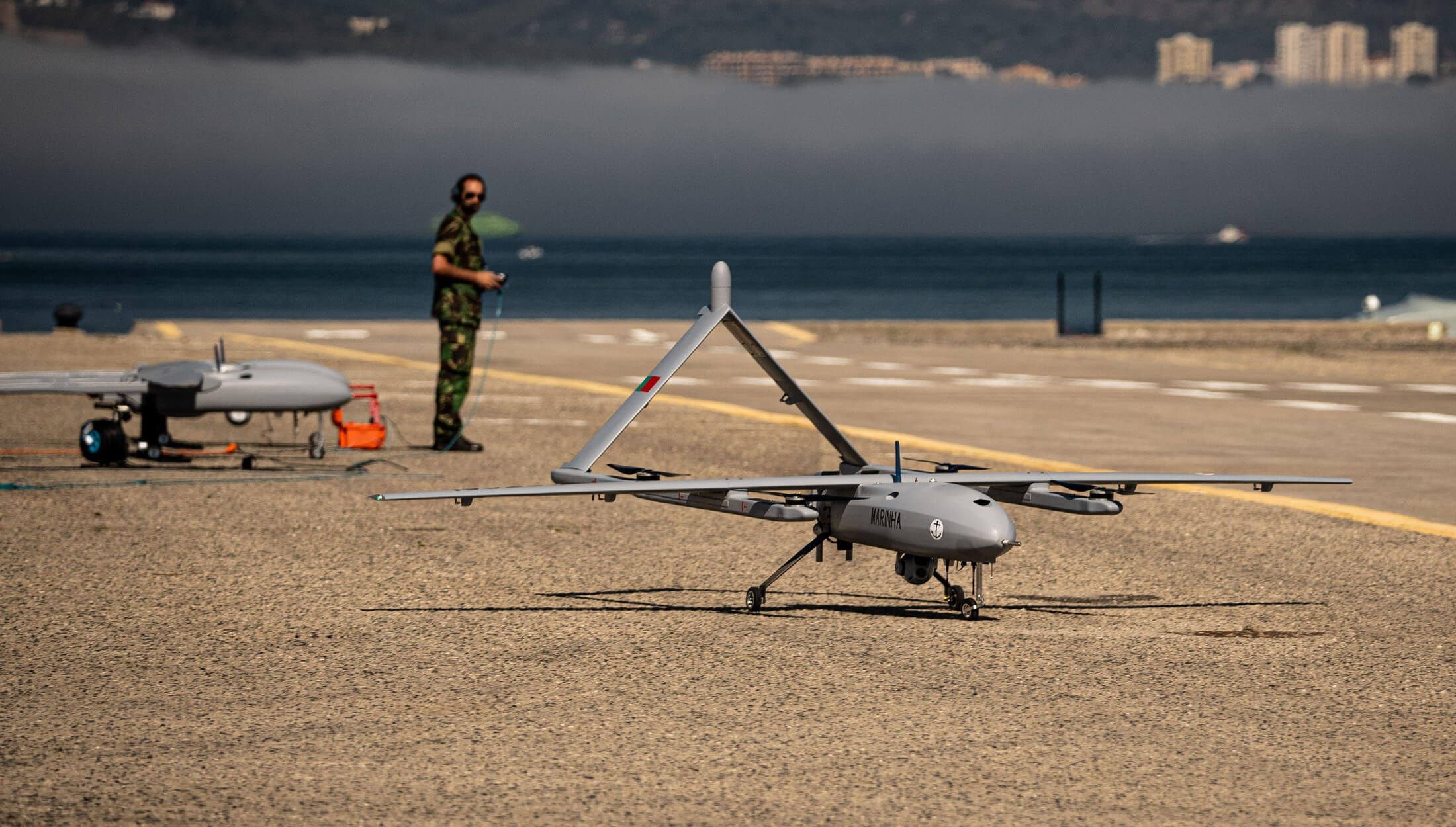On 13 October, NATO officially launched its regular nuclear deterrence exercise, Steadfast Noon.
The event lasts about two weeks and includes simulations over the North Sea and Western Europe, with the main logistics centre in Volkel (Netherlands).
The exercise is planned in advance and does not respond to any specific international event. In 2025, at least 71 aircraft from 14 allied countries are participating. Key support bases are Volkel (Netherlands), Kleine-Brogel (Belgium), RAF Lakenheath (UK), and Skrydstrup (Denmark).
Denmark is contributing four F-35 aircraft and providing host logistics support. Germany is sending three Tornado fighter jets and four jamming aircraft. Sweden will participate for the first time with Gripen aircraft. Finland is operating its F/A-18 units from Skrydstrup.
All participating aircraft are dual-capable (conventional and nuclear), but at no point is the use of real nuclear bombs practised. Approximately 2,000 military and civilian personnel are directly involved in the exercise, working on logistics, command chain, and coordination.
What is practised – and why 2025 is different
This year, the main focus shifts from the attacks themselves (or simulated attacks) to what precedes them: the protection of nuclear assets, facilities, and communication lines.
There is increased emphasis on the threat posed by drones and other forms of low-visibility attacks that can endanger the security of nuclear facilities.
The exercise practises the correct procedures for rapidly deploying aircraft that can carry both conventional and nuclear weapons, maintaining stable command links, ensuring constant airspace surveillance, and protecting bases from potential intrusions or electronic jamming.
The widening spectrum of participants shows how the alliance seeks to include a broad range of capabilities, not just the exclusivity of nuclear powers
It is important to emphasise that the goal is not a show of force but the maintenance of credible deterrence — demonstrating that the alliance acts reliably and with discipline. NATO points out that the exercise is not directed against any specific country or related to current crises.
The change in 2025 is that, for the first time in this role, the US relies on four F-35 aircraft for the nuclear mission, instead of the earlier F-15E. At the same time, the widening spectrum of participants—including Finland and Sweden—shows how the alliance seeks to include a broad range of capabilities, not just the exclusivity of nuclear powers.
A real test of strength
Most media will focus on the planes and bombs, but the real purpose of the exercise is to test the system—how well the alliance can maintain control, communication, and functionality under pressure.
There are no clear front lines in future wars. Drones, cyberattacks, and electronic operations occur simultaneously and intertwine.
In such an environment, a nuclear weapon is not merely a bomb but an entire system that must remain connected and protected—communications, storage, command networks, and bases. Whoever cannot defend that system cannot use it.
The inclusion of more participants shows that NATO aims to strengthen its unity and operational reach
Drone incidents in Belgium and Denmark have demonstrated how vulnerable military facilities are to small, unidentified aircraft. The ability of such a drone to approach a base under standard safeguards raises concerns about the security of the warehouses housing nuclear weapons.
That is why the exercise analyses situations that precede any major attack—attempts to disrupt communications, disinformation, and break command links.
The inclusion of more participants shows that NATO aims to strengthen its unity and operational reach. Countries without nuclear weapons but with strategic importance are now participating in the exercise through logistics, reconnaissance, and coordination.
In doing so, they not only strengthen military cooperation but also become part of the political framework supporting nuclear deterrence.
Next steps
In the coming years, NATO will include autonomous systems for monitoring and protecting nuclear facilities in such exercises—drones that will defend the bases from other drones.
 In the coming years, NATO will include autonomous systems for monitoring and protecting nuclear facilities in such exercises—drones that will defend the bases from other drones
In the coming years, NATO will include autonomous systems for monitoring and protecting nuclear facilities in such exercises—drones that will defend the bases from other drones
The level of public transparency is also likely to increase: certain data about flights and exercise zones could be published in real time to prevent misinterpretations and the spread of disinformation.
This exercise sends a clear message to Russia that NATO is strengthening its positions not by stockpiling weapons, but by building a system that can withstand any kind of pressure.
For the countries of Eastern Europe, the Baltics, and Scandinavia, this means that the key lies not in bombs, but in maintaining communication, protecting bases, and keeping the command system stable in crisis circumstances.
Steadfast Noon 2025 confirms that NATO has decided to check itself, not the adversary.
The exercise demonstrates how important a reliable structure of command, communication, and protection is for the Allies, not just the quantity of weapons.
In a world where risks are constant, strength is measured by the ability to maintain control—without fail and without panic.